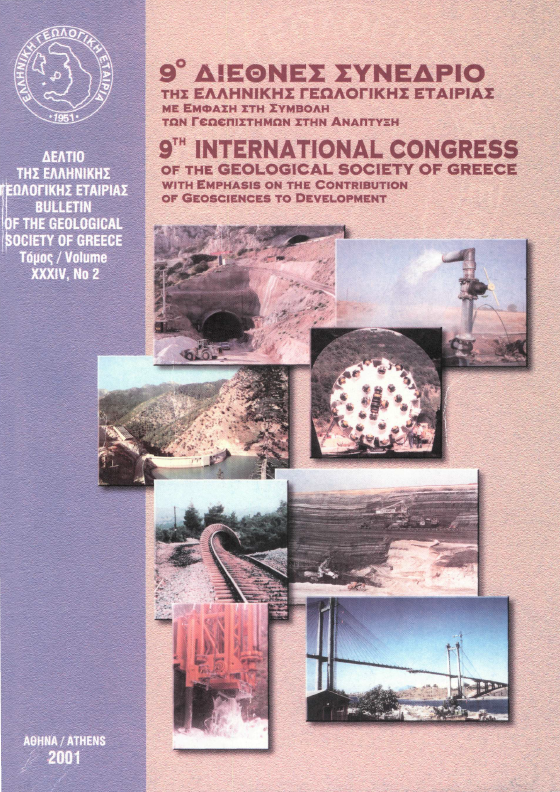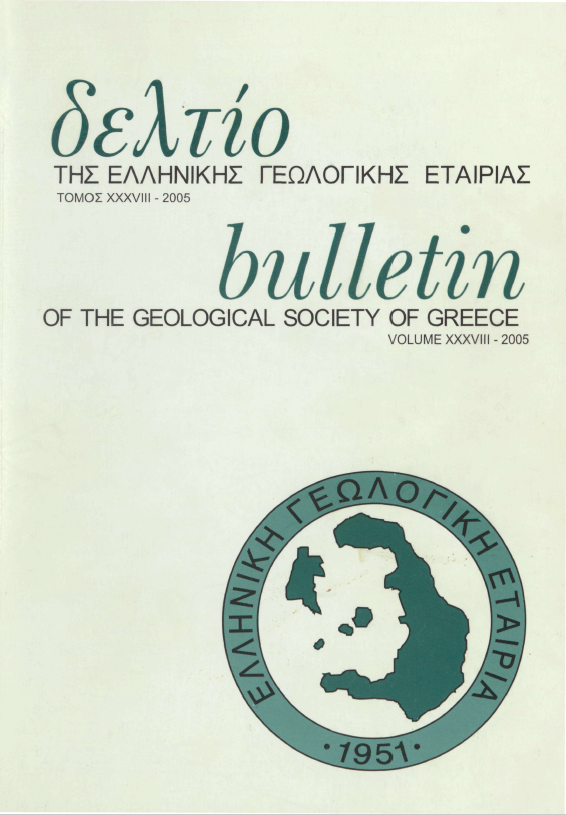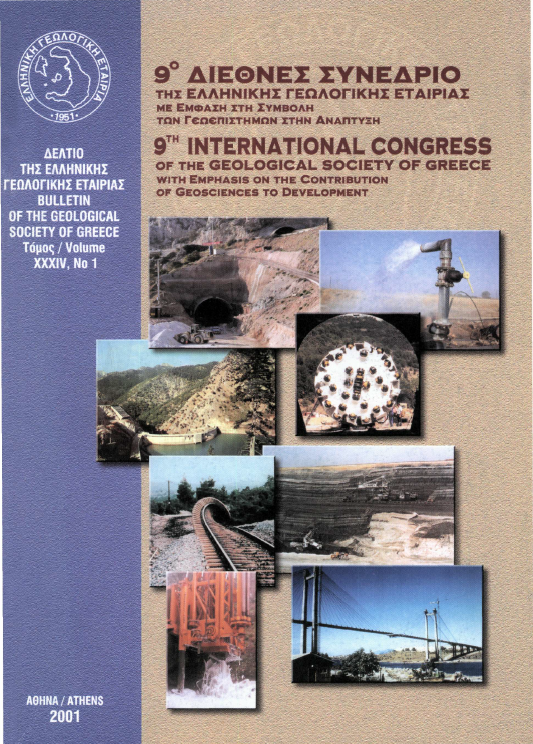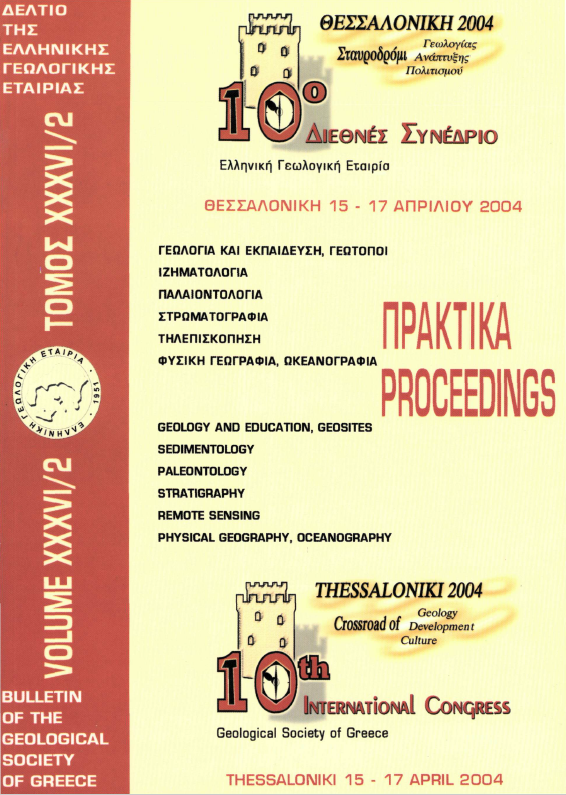Some characteristics of the new reservoir of Platanovrysi that affect the river Nestos system
Résumé
The reservoir of Platanovrysi in the Nestos valley has a long and narrow shape, limited in area and volume, deep close to the dam wall (90 m) and very shallow at its uphill end (5m). It receives considerable volume of water from the upper large reservoir of Thesaurus all through the year, as well as limited volumes of water in seasonal flows from its drainage basin. Platanovrysi reservoir has distinct morphological and operational characteristics that make it different from natural lakes regarding temperature and dissolved oxygen distribution in the water column. The epilimnion is limited at the area of the deeper part of the lake only. It forms an entrapped warm wedge, with the maximum depth close to the dam and a horizontal extension up to the beginning of the shallow part of the lake. This is due to both the inflows of large volumes of cold water from Thesaurus as well as the lack of a surface outflow from the dam of Platanovrysi. The water temperatures of the surface water of the upper part of the lake as well as the temperatures of the hypolimnion are similar. The temperature is very low during the spring and the summer (6-7°C), becomes higher during autumn (14-15°C) and drops again during winter (9-10°C). This shifting of seasonal temperatures is purely due to the inflows of cold water from the hypolimnion of the reservoir of Thesaurus in spring and summer periods and from the base of epilimnion during autumn. The water is rich in oxygen during the spring and the summer while it becomes poor in oxygen during the autumn and the beginning of winter. The operation of Platanovrysi Power Station allows the cold water from the hypolimnion of the lake to flow into the river Nestos channel and brings cold water during the warm period of the year downstream. This type of change of the water temperature may affect the natural processes of the river fauna and flora as well as the human processes in the plains of Nestos (irrigation). It is therefore necessary to construct and operate the last (lower) reservoir of Temenos in Nestos, to regulate the flow and warm the water of the river Nestos channel.
Article Details
- Comment citer
-
ΑΛΜΠΑΝΑΚΗΣ Κ., ΨΙΛΟΒΙΚΟΣ Α., & ΒΟΥΒΑΛΙΔΗΣ Κ. (2018). Some characteristics of the new reservoir of Platanovrysi that affect the river Nestos system. Bulletin of the Geological Society of Greece, 34(2), 691–697. https://doi.org/10.12681/bgsg.17137
- Rubrique
- Sedimentology

Ce travail est disponible sous licence Creative Commons Attribution - Pas d’Utilisation Commerciale 4.0 International.
Authors who publish with this journal agree to the following terms:
Authors retain copyright and grant the journal right of first publication with the work simultaneously licensed under a Creative Commons Attribution Non-Commercial License that allows others to share the work with an acknowledgement of the work's authorship and initial publication in this journal.
Authors are able to enter into separate, additional contractual arrangements for the non-exclusive distribution of the journal's published version of the work (e.g. post it to an institutional repository or publish it in a book), with an acknowledgement of its initial publication in this journal. Authors are permitted and encouraged to post their work online (preferably in institutional repositories or on their website) prior to and during the submission process, as it can lead to productive exchanges, as well as earlier and greater citation of published work.







